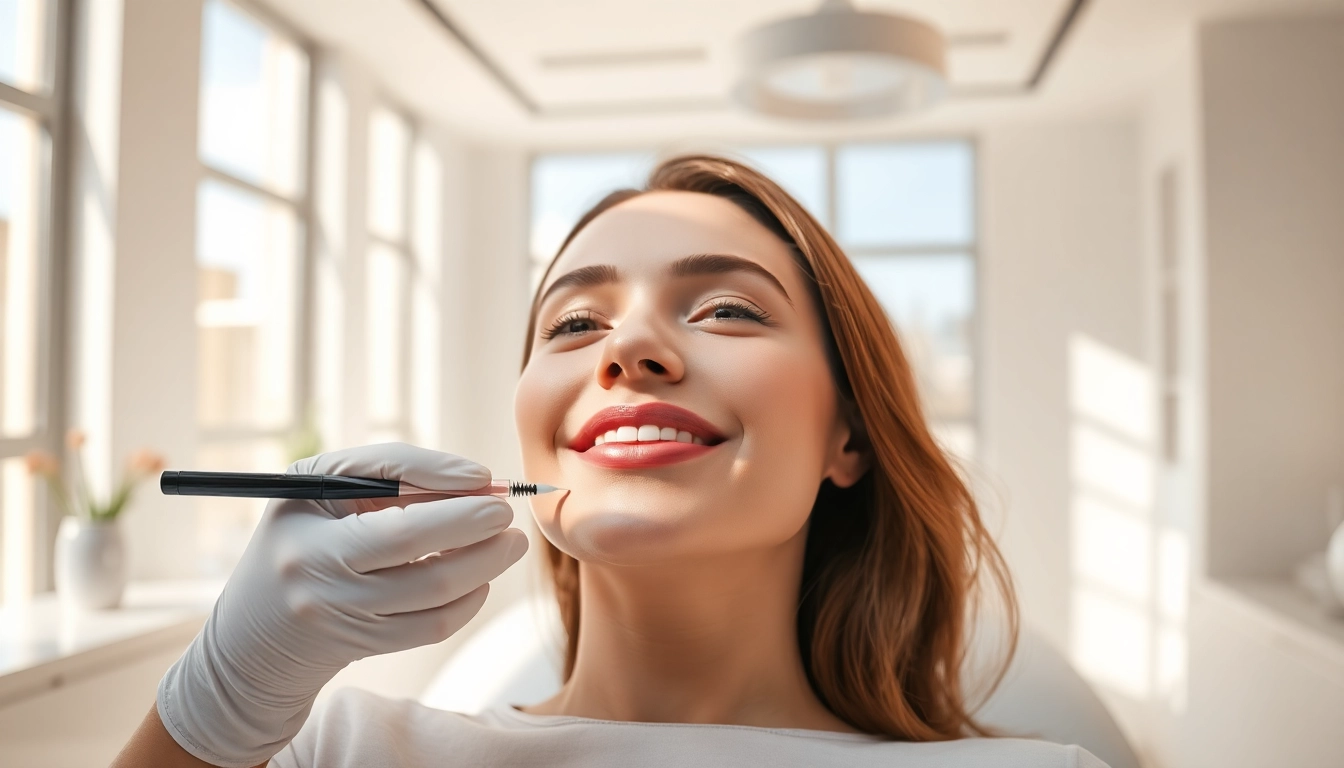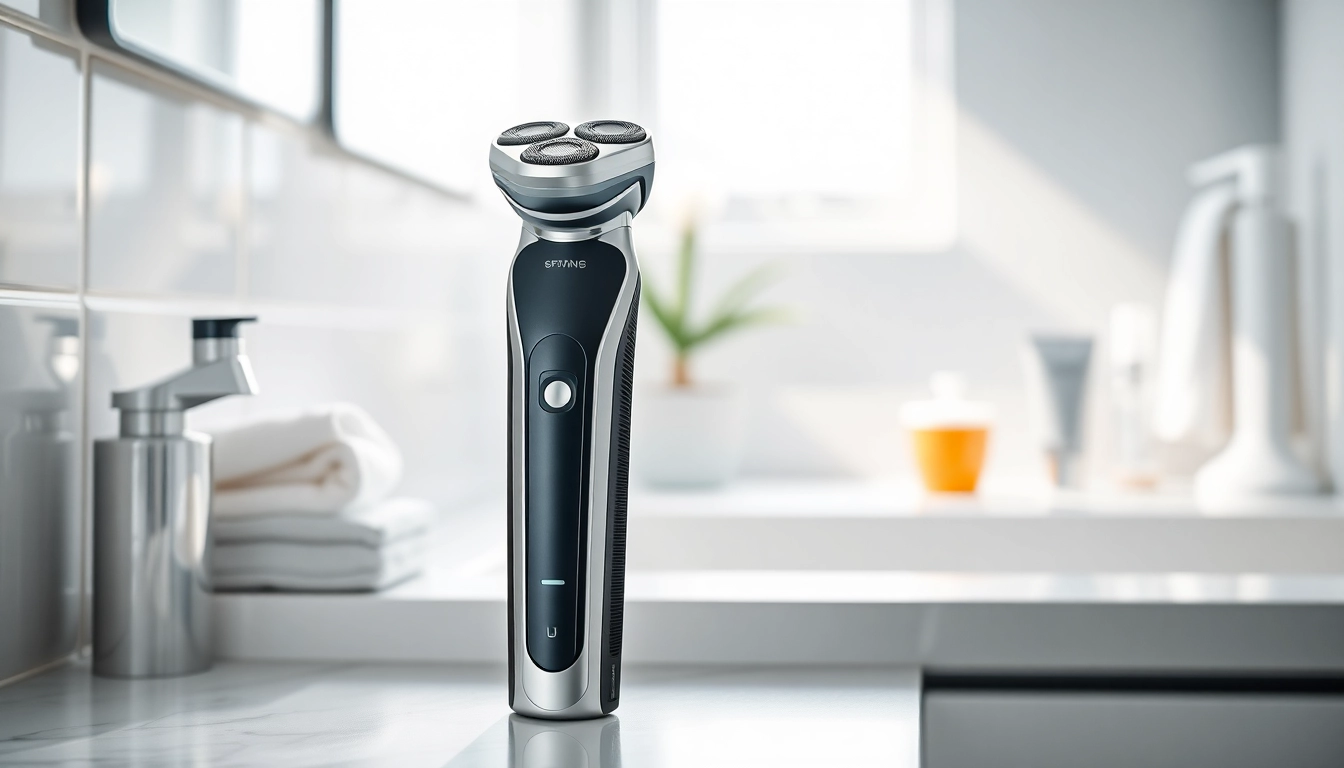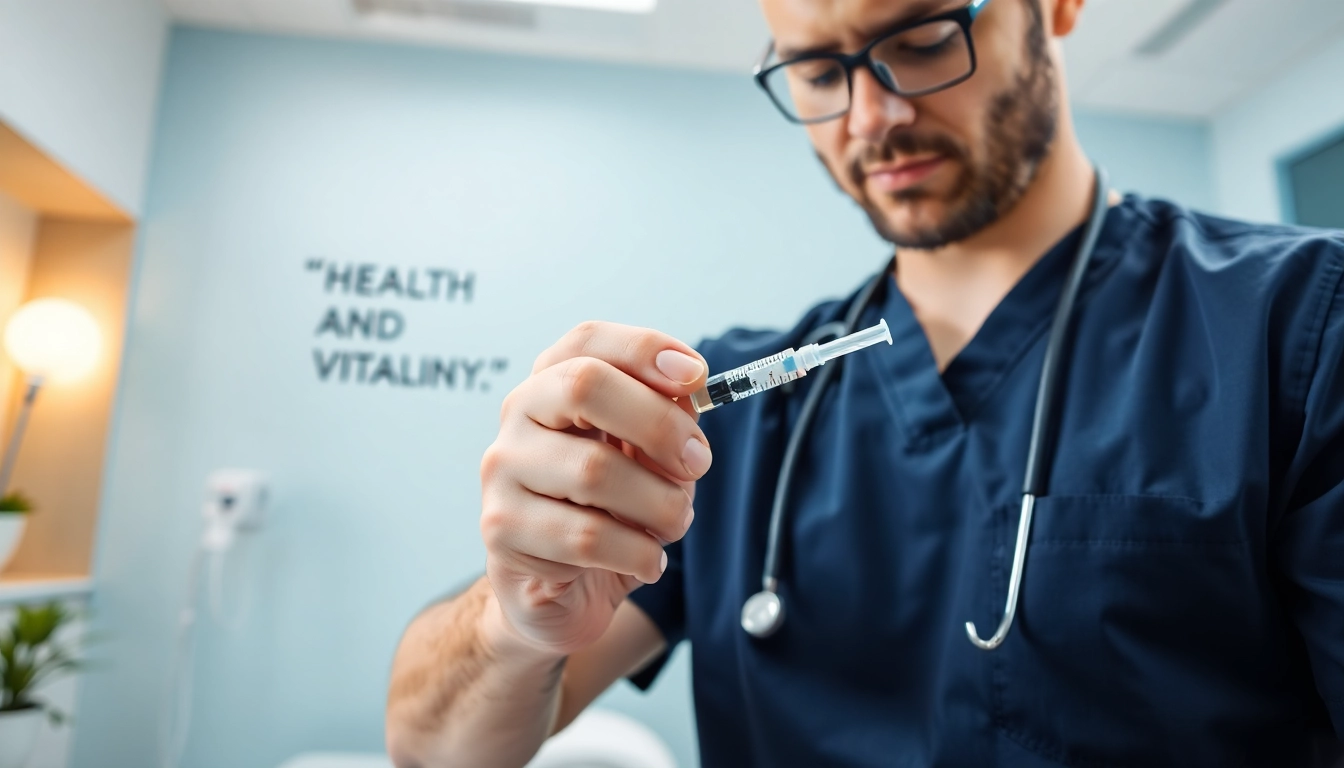Understanding Lip Filler Cost Factors
When considering lip fillers, one of the primary concerns for potential clients is the lip filler cost. Understanding the various factors that influence this expense can help individuals make informed decisions regarding their treatment. This guide aims to elucidate the complexities involved in the pricing of lip fillers, making it easier for you to navigate this cosmetic enhancement landscape.
What Influences Lip Filler Cost?
Several factors contribute to the overall cost of lip fillers, and understanding these can aid in budgeting and decision-making:
- Type of Filler Used: Different dermal fillers have different price points. Hyaluronic acid fillers, for instance, are popular and may vary in cost based on the brand and formulation.
- Amount Used: The volume of filler required depends on individual desires and the injector’s assessment. More units equate to higher costs.
- Injector’s Experience: Costs can fluctuate depending on the expertise of the injector. More experienced professionals or renowned specialists may charge a premium for their services.
- Clinic Location: The geographical location of the clinic plays a significant role. Urban areas usually have higher costs than rural settings due to a greater demand for services and increased operating expenses.
- Additional Services: If your treatment involves additional services such as numbing agents or follow-up appointments, these costs can enhance the overall expense of the procedure.
Geographic Variances in Lip Filler Cost
The region where the treatment is performed greatly affects lip filler pricing. In metropolitan areas, the lip filler cost can be noticeably higher than in smaller towns or rural areas. This discrepancy can be attributed to higher rent, increased demand for aesthetic services, and a larger pool of experienced practitioners. It’s essential to research local prices to get a better understanding of the market.
For example, services in cities like New York or Los Angeles may range significantly compared to those in smaller cities, where the cost might be 20-30% lower. This choice could allow potential clients to save money while still receiving quality care, depending on their comfort level with the provider.
Cost Comparisons: Different Types of Fillers
Not all fillers are created equal, and the choice of product can significantly affect the lip filler cost. Here’s a breakdown of common types:
- Hyaluronic Acid Fillers: Brands such as Juvederm and Restylane are among the most popular. While generally more expensive, they offer results that typically last from six months to a year.
- Collagen Fillers: Less common today, collagen fillers provide results that may last shorter periods compared to hyaluronic acid options but might come at a lower price point.
- Fat Grafting: This involves extracting fat from another part of your body and injecting it into the lips. While this method is usually more costly and invasive, the results may last longer, and the cost reflects this complexity.
Benefits of Lip Fillers
Investing in lip fillers can offer numerous advantages beyond their aesthetic appeal. Understanding these benefits can provide you with added confidence in your decision.
Enhancing Natural Beauty
One of the most compelling reasons people opt for lip fillers is the ability to enhance natural beauty. A well-defined lip shape can give a youthful appearance and create balance within the facial features. In many cases, subtle enhancements can lead to beautiful transformations that appear entirely natural. Lip fillers can create symmetry, add volume, and improve the lip contour, helping individuals feel more comfortable with their appearance.
Boosting Confidence and Self-esteem
The psychological benefits of cosmetic procedures cannot be overstated. Many individuals report a significant boost in self-esteem following lip filler treatments. When you feel satisfied with your appearance, it often reflects in various aspects of life, including social interactions and overall happiness. The confidence gained from a fuller smile can empower individuals, making them feel more attractive and approachable.
Long-term Effects of Lip Fillers
While lip fillers are temporary, they offer long-term benefits that can enhance one’s look over time. Regular treatments may yield cumulative effects, making lips appear naturally fuller with ongoing maintenance. Moreover, many clients appreciate the ease of adjusting their look over time, allowing for changes in style or preference as they age. Regular filler sessions can also help in maintaining hydration and elasticity in the lips, providing additional long-lasting benefits.
Preparing for Your Lip Filler Appointment
Preparation is key to ensuring a satisfactory experience and optimal results from lip filler treatments. Here are several steps to consider before your appointment:
Consultation: Expectations and Questions
A thorough consultation with your injector is essential. During this process, sit down and discuss your aesthetic goals, medical history, and any concerns you may have. Think about specific questions to ask:
- What type of filler do you recommend for my desired results?
- How long can I expect the results to last?
- What potential side effects should I be aware of?
Being well-prepared helps ensure that you leave the consultation feeling informed and ready for the treatment.
What to Avoid Before Treatment
In the days leading up to your procedure, there are several precautions that can help mitigate risks and ensure the best results:
- Avoid alcohol and blood thinners, such as aspirin and ibuprofen, for at least 24 hours before treatment. This can help reduce the risk of bruising.
- Stay hydrated. Proper hydration can optimize the skin’s condition and the filler’s performance.
- If you have a history of cold sores, inform your injector, as they may recommend antiviral medication to prevent outbreaks.
Post-treatment Care for Best Results
Post-treatment care is crucial in maximizing the effects of your newly enhanced lips. Here are some important tips to follow after receiving lip fillers:
- Avoid touching or puckering the lips excessively in the hours following the procedure.
- Refrain from exercise or strenuous activity for 24 hours to minimize swelling.
- Use ice packs to reduce swelling and discomfort, if necessary.
By following these guidelines, you can ensure optimal healing and results.
Realistic Expectations from Lip Filler Treatments
Proper expectations can help prevent disappointments and empower clients with a positive experience. It’s essential to approach lip fillers with a clear understanding of what to anticipate.
Understanding the Results Timeline
Immediately following the procedure, lips might appear fuller than desired due to swelling, which typically subsides after a few days. The exact timeline will vary for each individual, but peak results are generally noticeable within two weeks. The longevity of effects can also depend on the type of product used. While hyaluronic acid fillers last about six to twelve months, longevity can vary based on individual metabolism and lifestyle factors.
Common Side Effects and How to Manage Them
Like any cosmetic procedure, lip fillers can come with side effects, although most are mild and temporary:
- Swelling: Common and usually resolves within a few days.
- Bruising: This can occur, particularly if blood thinners were in use prior to treatment. Applying ice and avoiding strenuous activities can minimize bruising.
- Asymmetry: In rare cases, the filler may settle unevenly, requiring a follow-up appointment for adjustment.
If any side effects persist or worsen, it is important to contact your injector promptly.
When to Seek Professional Advice
If you experience severe pain, extensive swelling, or unusual symptoms, do not hesitate to seek medical advice. These could be signs of an adverse reaction that requires immediate attention. Understanding when to reach out can help alleviate concerns and ensure swift treatment if necessary.
Finding the Right Provider for Your Lip Filler Treatment
Choosing the right clinic and injector is crucial to achieving the desired results and ensuring safety throughout the procedure. Here’s how to make an informed choice:
What to Look for in a Qualified Injector
Not all injectors are created equal. Here are key aspects to consider when selecting a provider:
- Credentials: Ensure that the injector is appropriately qualified, licensed, and experienced in administering fillers. Look for certifications from reputable aesthetic organizations.
- Portfolio: Review before-and-after images of previous clients to gauge the injector’s skill and style.
- Consultation: A good injector will take the time for an initial consultation to discuss your needs and assess your candidacy for treatment.
Evaluating Customer Reviews and Testimonials
Word-of-mouth and online reviews can provide valuable insights into the experience others have had with a particular provider. Look for testimonials that highlight not only the quality of the results but also the client’s overall experience with the injector and clinic. High patient satisfaction often indicates a reliable service.
Price vs. Quality: Making an Informed Choice
While cost is undoubtedly an essential factor, it should not be the only one considered when selecting a provider. Low prices may indicate a lack of experience or inferior products. Balance the lip filler cost against the qualifications, experience, and reviews of potential injectors. Ultimately, investing in a higher-quality service can lead to better results and minimize the risk of complications.



